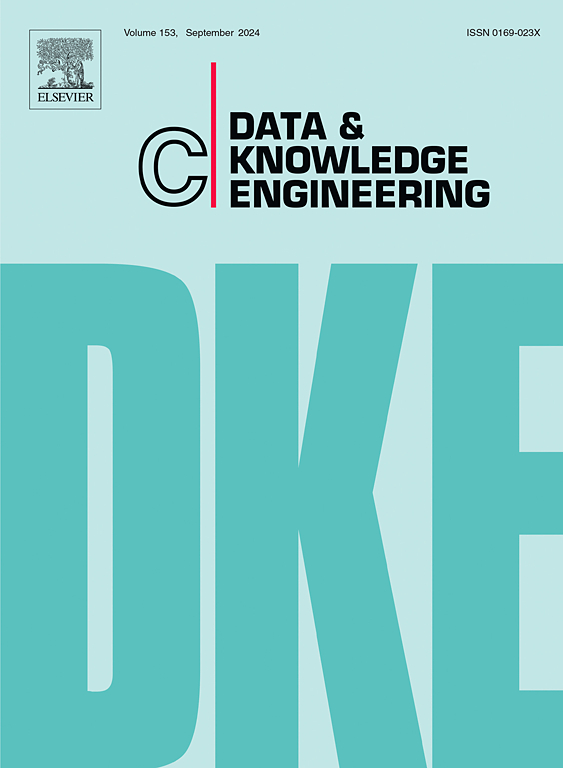How well can a large language model explain business processes as perceived by users?
IF 2.7
3区 计算机科学
Q3 COMPUTER SCIENCE, ARTIFICIAL INTELLIGENCE
引用次数: 0
Abstract
Large Language Models (LLMs) are trained on a vast amount of text to interpret and generate human-like textual content. They are becoming a vital vehicle in realizing the vision of the autonomous enterprise, with organizations today actively adopting LLMs to automate many aspects of their operations. LLMs are likely to play a prominent role in future AI-augmented business process management systems (ABPMSs) catering functionalities across all system lifecycle stages. One such system’s functionality is Situation-Aware eXplainability (SAX), which relates to generating causally sound and yet human-interpretable explanations that take into account the process context in which the explained condition occurred.
In this paper, we present the SAX4BPM framework developed to generate SAX explanations. The SAX4BPM suite consists of a set of services and a central knowledge repository. The functionality of these services is to elicit the various knowledge ingredients that underlie SAX explanations. A key innovative component among these ingredients is the causal process execution view. In this work, we integrate the framework with an LLM to leverage its power to synthesize the various input ingredients for the sake of improved SAX explanations.
Since the use of LLMs for SAX is also accompanied by a certain degree of doubt related to its capacity to adequately fulfill SAX along with its tendency for hallucination and lack of inherent capacity to reason, we pursued a methodological evaluation of the perceived quality of the generated explanations. To this aim, we developed a designated scale and conducted a rigorous user study. Our findings show that the input presented to the LLMs aided with the guard-railing of its performance, yielding SAX explanations having better-perceived fidelity. This improvement is moderated by the perception of trust and curiosity. More so, this improvement comes at the cost of the perceived interpretability of the explanation.

大型语言模型如何很好地解释用户感知到的业务流程?
大型语言模型(LLM)是在大量文本基础上进行训练,以解释和生成类似人类的文本内容。大型语言模型正在成为实现自主企业愿景的重要工具,如今各组织都在积极采用大型语言模型来自动处理业务的许多方面。在未来的人工智能增强型业务流程管理系统(ABPMS)中,LLM 很可能会发挥重要作用,满足所有系统生命周期阶段的功能需求。情境感知可解释性(Situation-Aware eXplainability,SAX)是此类系统的功能之一,它与生成因果合理且可由人类解释的解释有关,其中考虑到了解释条件发生时的流程上下文。SAX4BPM 套件由一组服务和一个中央知识库组成。这些服务的功能是获取作为 SAX 解释基础的各种知识要素。这些要素中的一个关键创新组件是因果流程执行视图。在这项工作中,我们将该框架与 LLM 集成在一起,利用 LLM 综合各种输入成分的能力来改进 SAX 解释。由于在 SAX 中使用 LLM 也伴随着一定程度的质疑,即 LLM 是否有能力充分实现 SAX,以及 LLM 是否具有幻觉倾向和缺乏内在推理能力,因此我们对生成的解释的感知质量进行了方法学评估。为此,我们制定了一个指定的量表,并进行了严格的用户研究。我们的研究结果表明,向 LLMs 提供的输入有助于提高其性能,从而使 SAX 解释具有更好的保真度。这种改进受到信任感和好奇心的影响。更重要的是,这种改善是以解释的可解释性为代价的。
本文章由计算机程序翻译,如有差异,请以英文原文为准。
求助全文
约1分钟内获得全文
求助全文
来源期刊

Data & Knowledge Engineering
工程技术-计算机:人工智能
CiteScore
5.00
自引率
0.00%
发文量
66
审稿时长
6 months
期刊介绍:
Data & Knowledge Engineering (DKE) stimulates the exchange of ideas and interaction between these two related fields of interest. DKE reaches a world-wide audience of researchers, designers, managers and users. The major aim of the journal is to identify, investigate and analyze the underlying principles in the design and effective use of these systems.
 求助内容:
求助内容: 应助结果提醒方式:
应助结果提醒方式:


